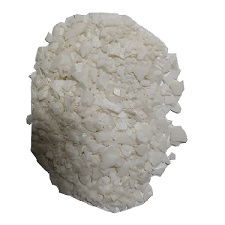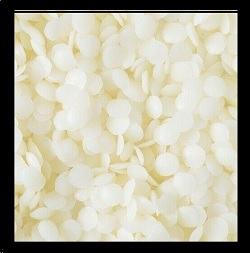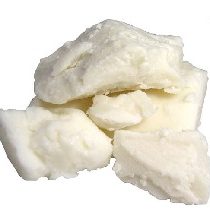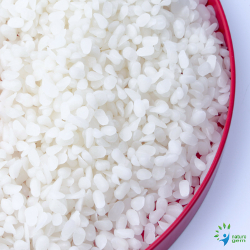Description
Castor Wax Flakes
Castor Wax also called Hydrogenated castor oil or HCO. The reason why it is called a wax is because the oil turns into hard, brittle and insoluble material that surprisingly has a lot of benefits in the manufacture of different kinds of products.
How Hydrogenated Castor Oil Is Made
First of all, the castor oil is extracted from castor beans. Once the pure castor oil is obtained, hydrogen is added to it in the presence of a nickel catalyst. Because of the exposure to hydrogen, the castor oil becomes highly viscous and gives it a wax-like consistency. In a more detailed sense, the hydrogenation of the oil is done by bubbling hydrogen gas through the oil. This process is also used in fats and oils used in cooking and processed goods. By bubbling the hydrogen through the oil, it slowly becomes thick and opaque. Contrary to castor oil which has a faint odor, the wax is odorless and the process of hydrogenation also works to increase its shelf life.
Hydrogenated Castor Oil Temperature Properties
The castor wax has a melting point of 61 – 69 degrees Centigrade which is moderately less than the boiling point. Heating the oil beyond these temperatures can cause the castor wax to melt and become liquid again. Once the temperature cools, it will re-harden.
Hydrogenated Castor Oil Cosmetic Uses
This type of castor oil is most commonly used in cosmetics. It is considered to be an organic ingredient since the hydrogenation process makes use of natural hydrogen gas that is mixed with naturally occurring castor beans. This type of castor oil is already approved by the Food and Drug Association, and it has also been assessed by the Cosmetic Ingredient Review Expert Panel. It is said certain concentrations are safe to use on the skin.
Castor wax are commonly used in cosmetics because of their ability to help form emulsions by reducing surface tension of the substances that are to be emulsified. They also help other ingredients dissolve in solvents where they would otherwise not normally dissolve. In the cosmetic world, hydrogenated oils have their role in the production of acne products, deodorant sticks, anti-dandruff shampoos and other types of skin care products.
Other Uses of Castor Wax
There are many other uses of the castor wax for common everyday things. The wax is used in the manufacture of candles, polishes, crayons, grease, electrical capacitors, carbon papers, rubbers, lubricants, sealants, and waxes. It is even safe to use as the paper for food packaging. Because of its highly viscous nature, the oil can be utilized for paints and varnishes.
Castor oil has always been known for its various medical benefits. But apparently, aside from all that, the oil can even be converted into hydrogenated castor oil, a versatile and durable wax that has countless contributions to the production of materials ranging from paper to rubber.
The above information is for general research purposes only and is not a representation or warranty of any kind. This material is not intended to diagnose, treat, cure or prevent any disease. The user of this material is solely responsible for determining fitness for any particular use; requesting and reviewing the applicable Material Safety Data Sheet; and compliance with all applicable laws and regulations. Terms and conditions apply.





What others are saying
There are no contributions yet.